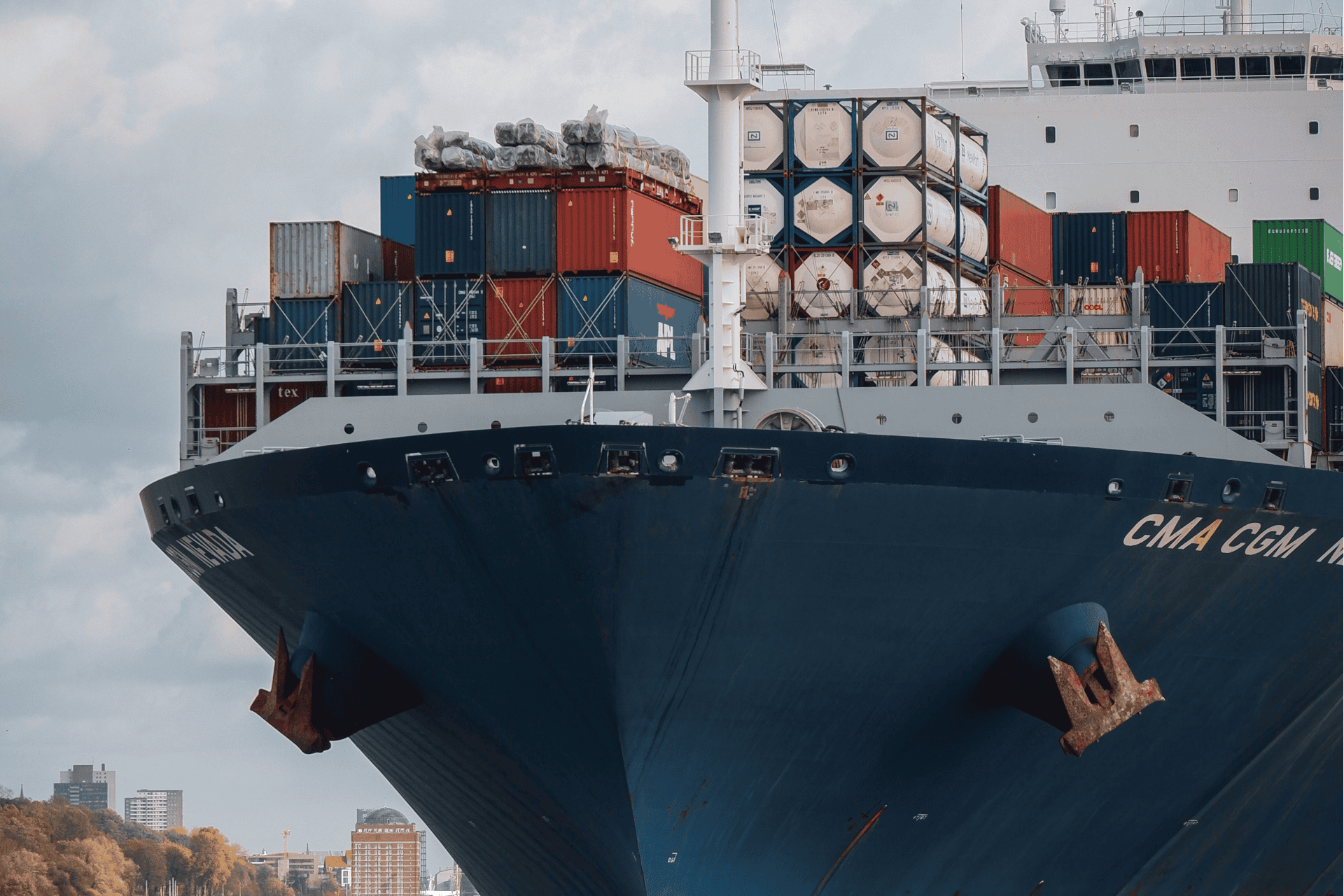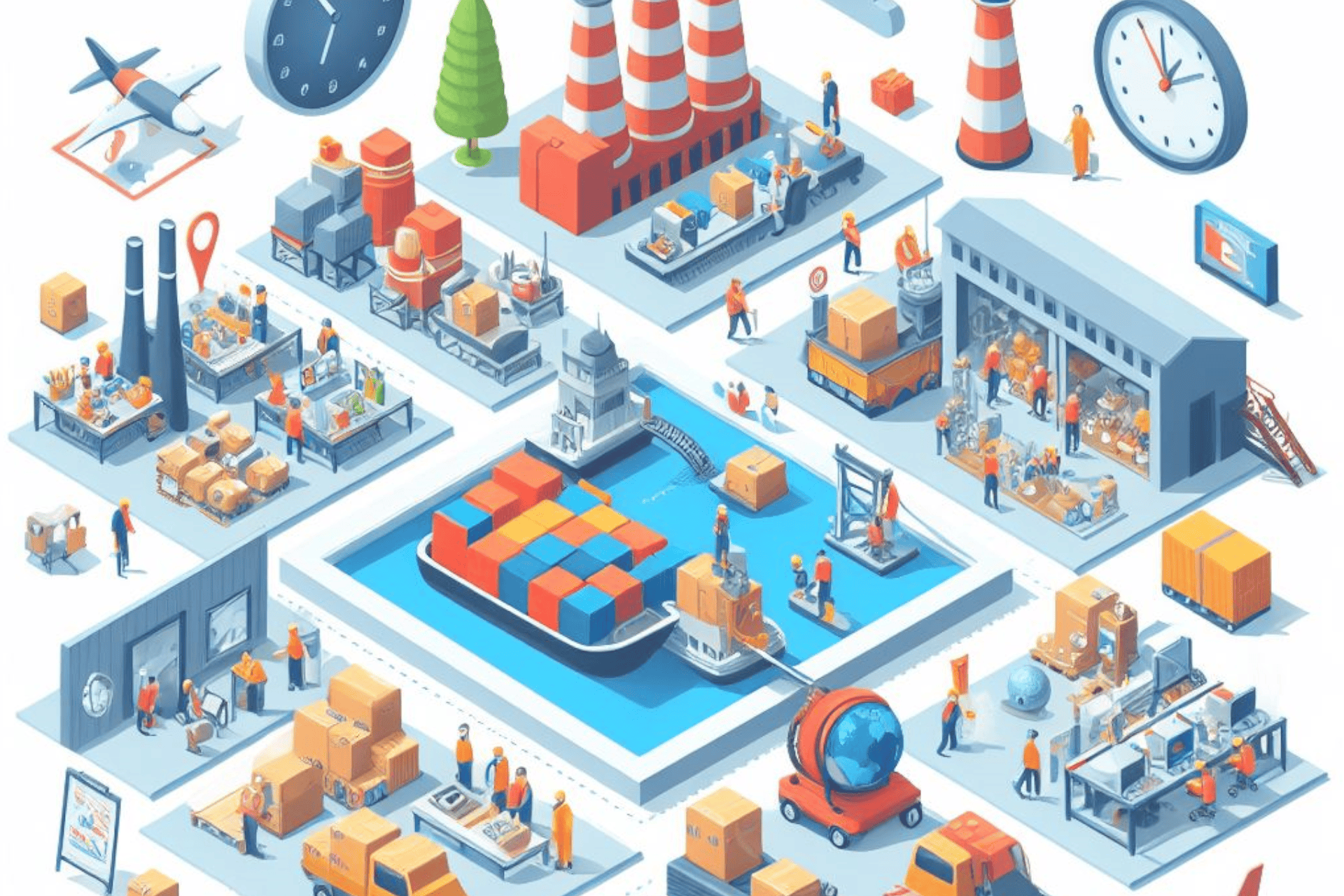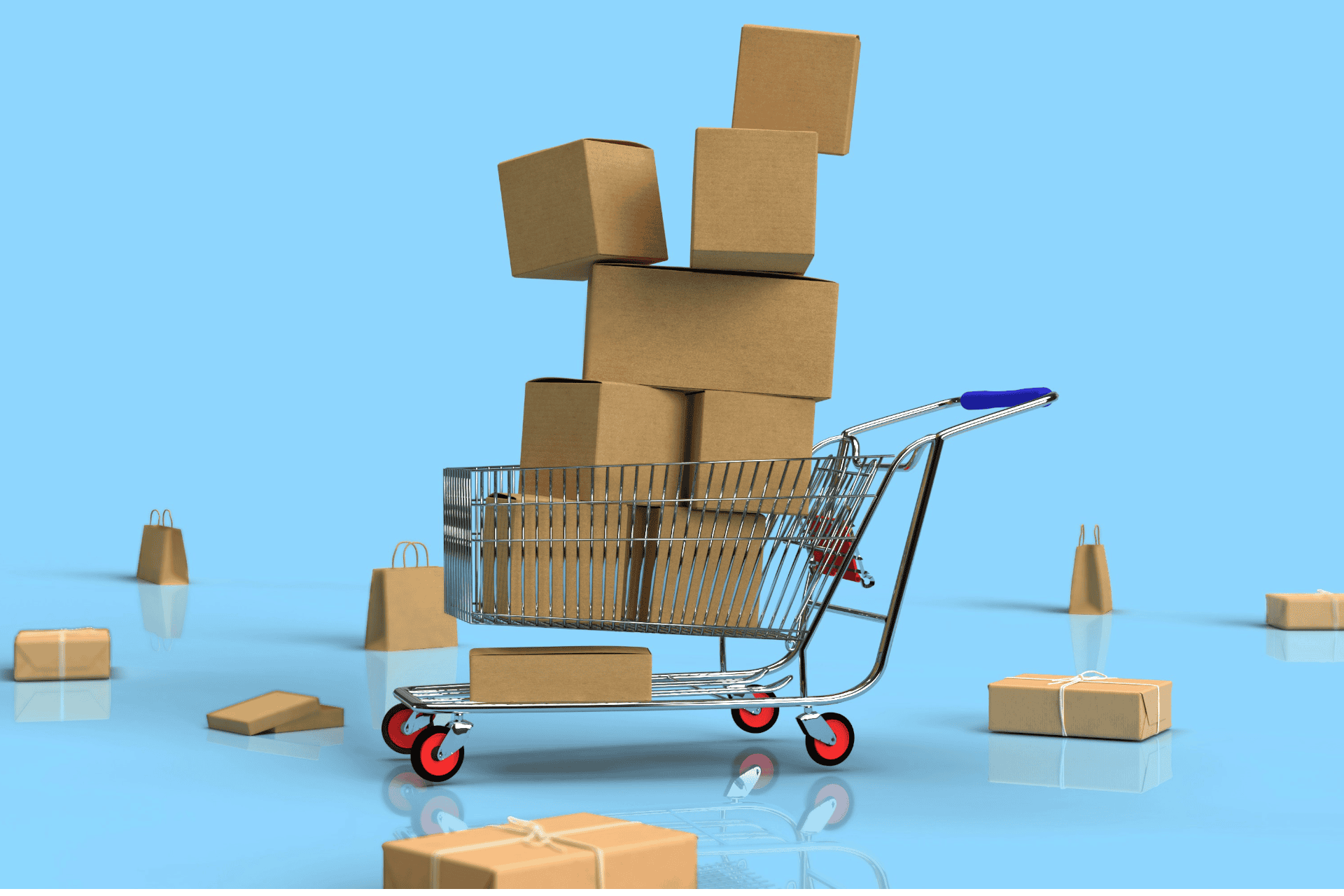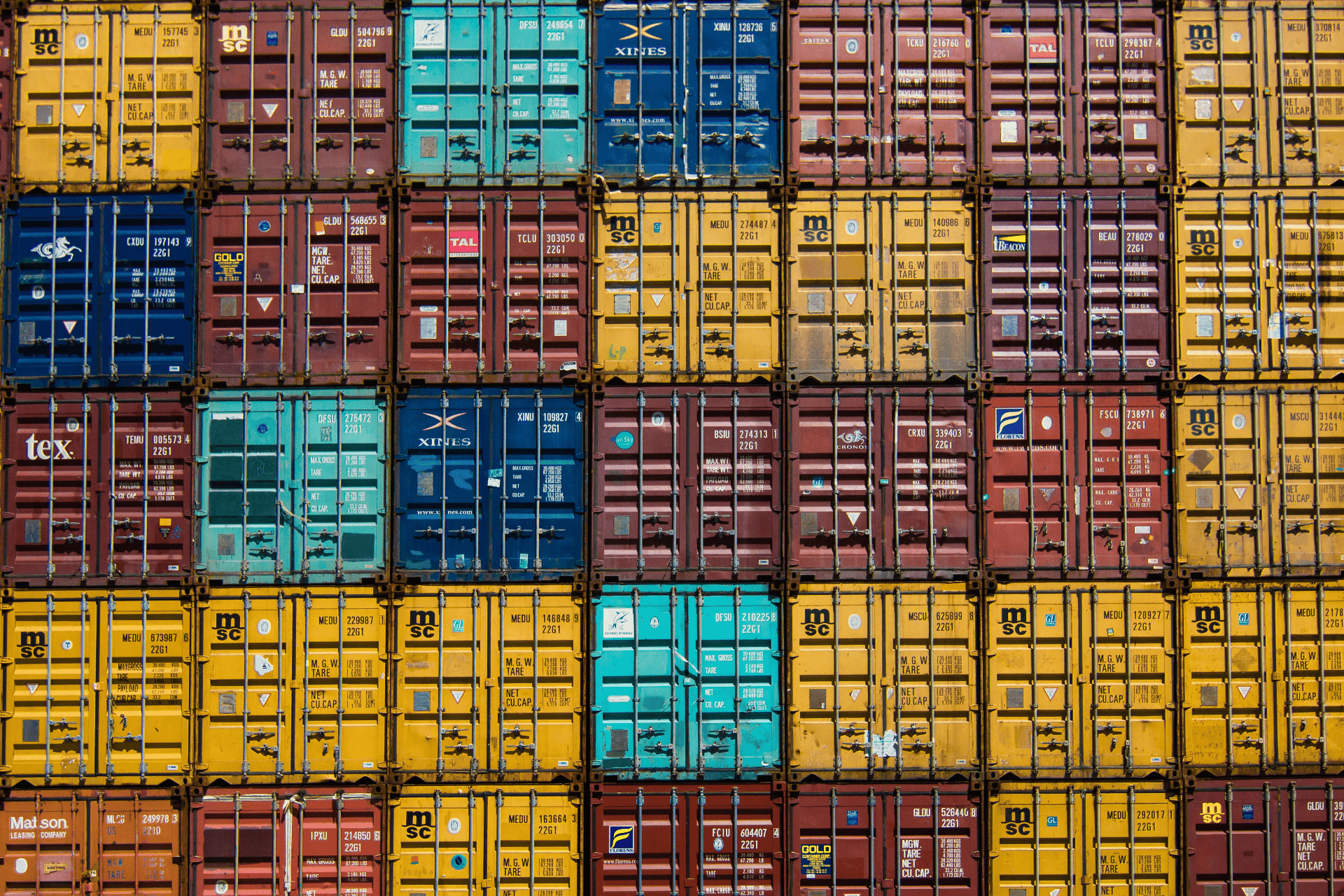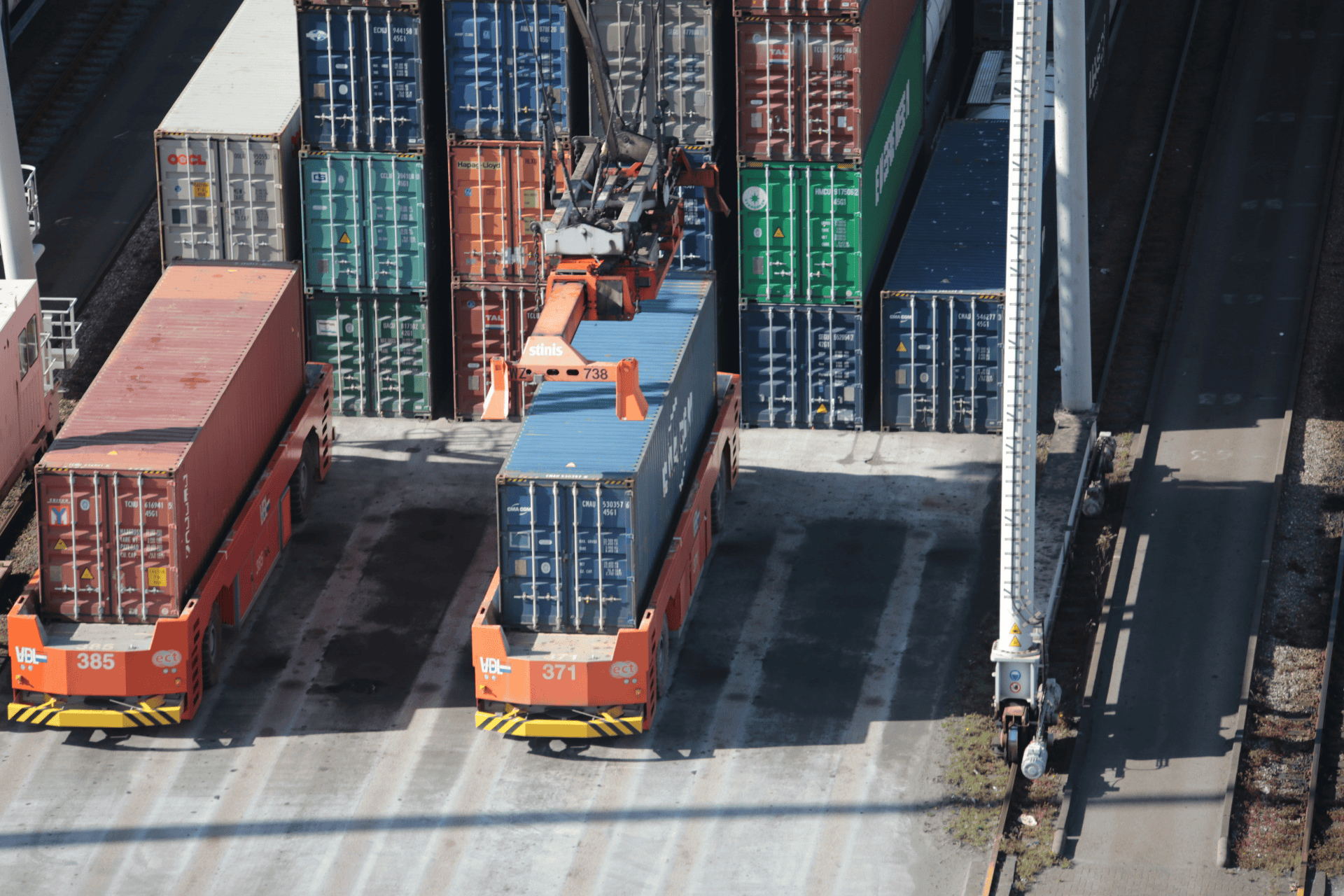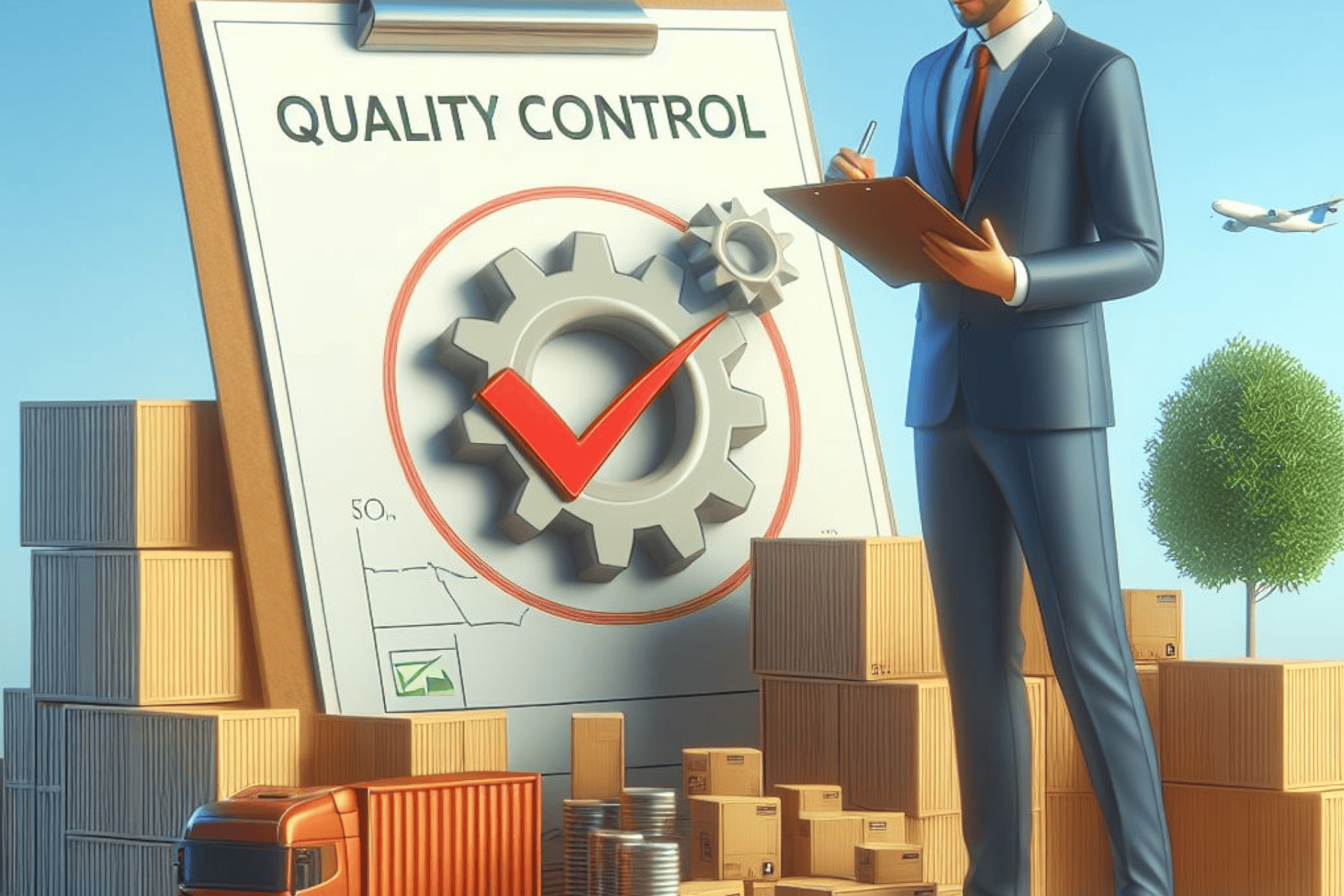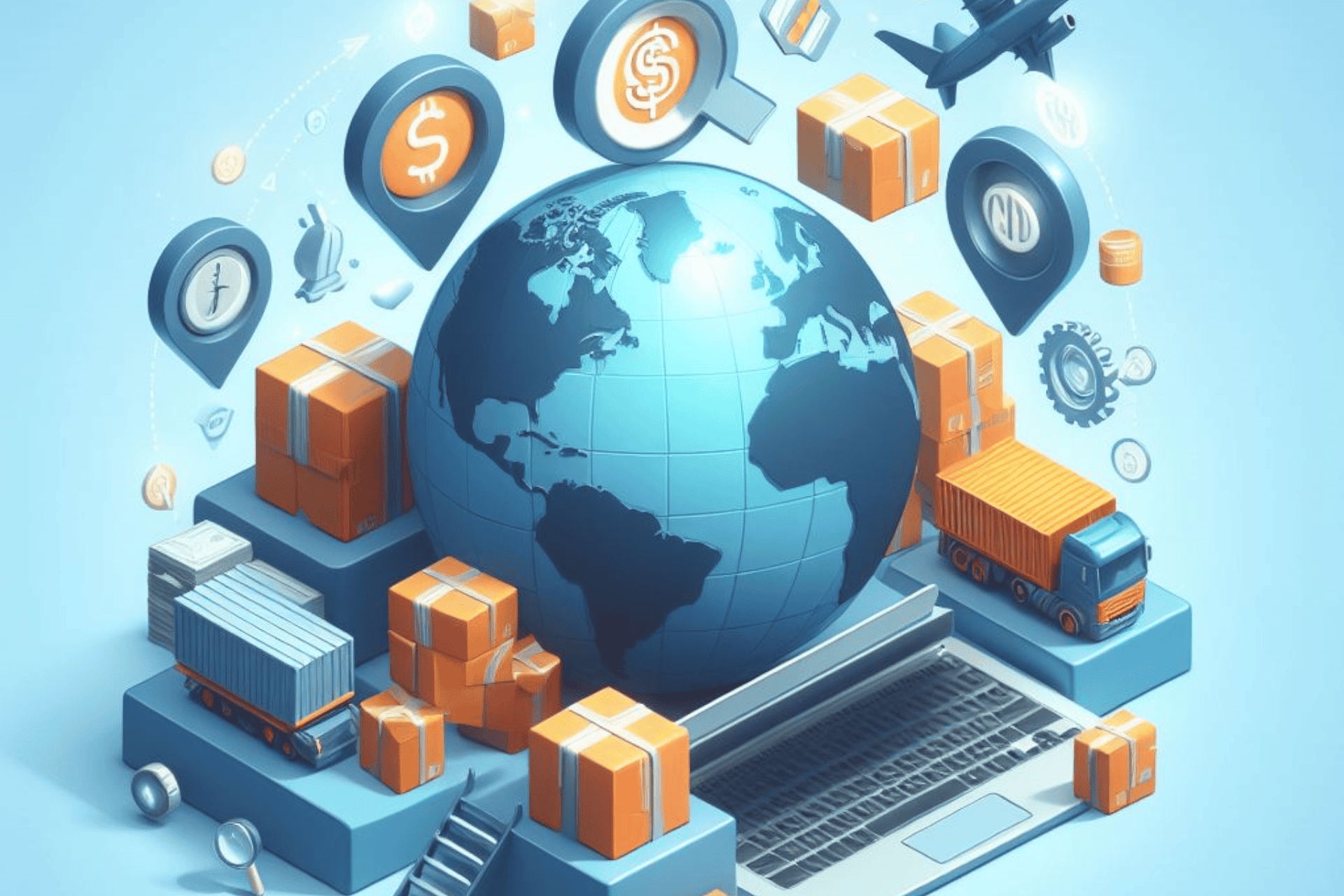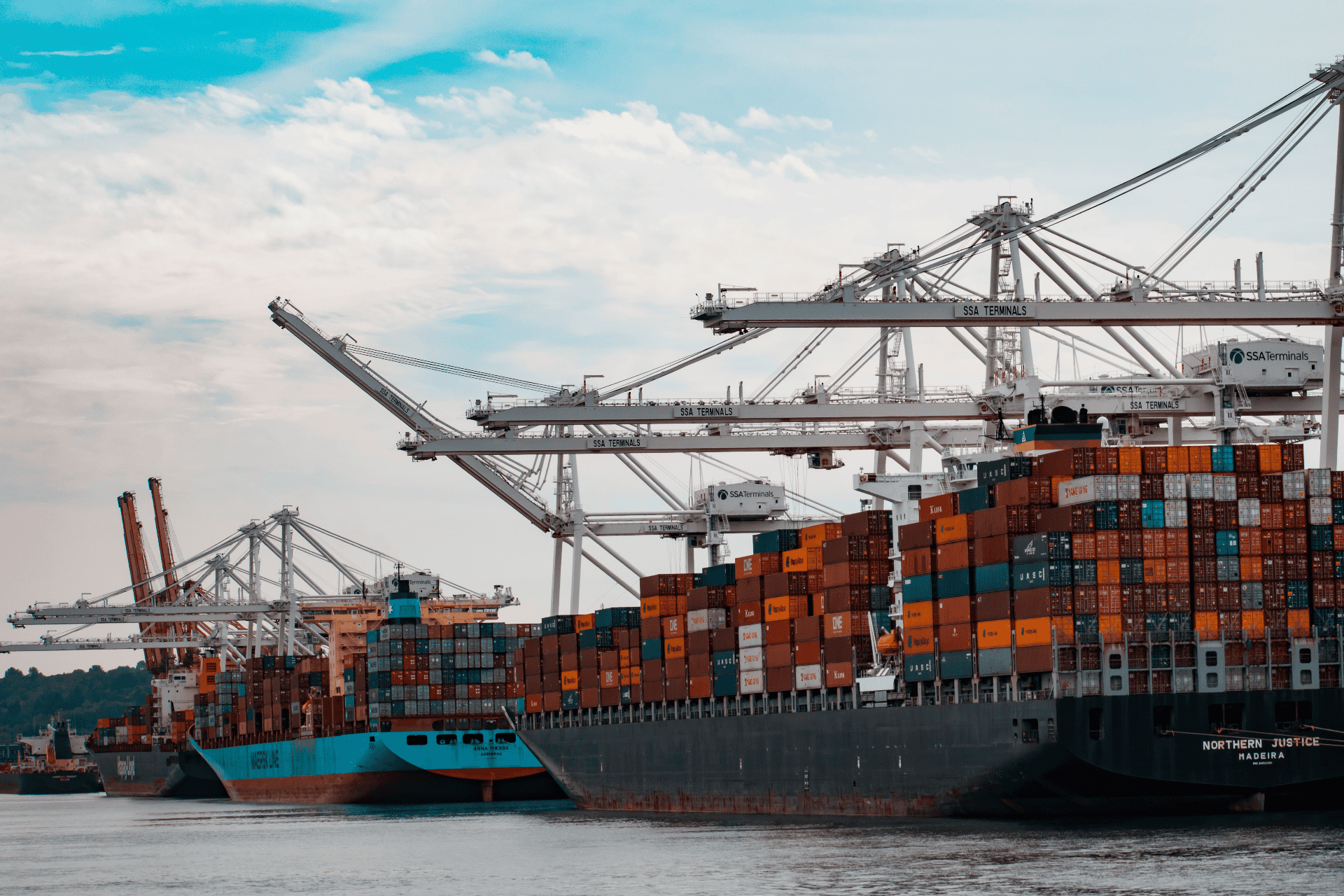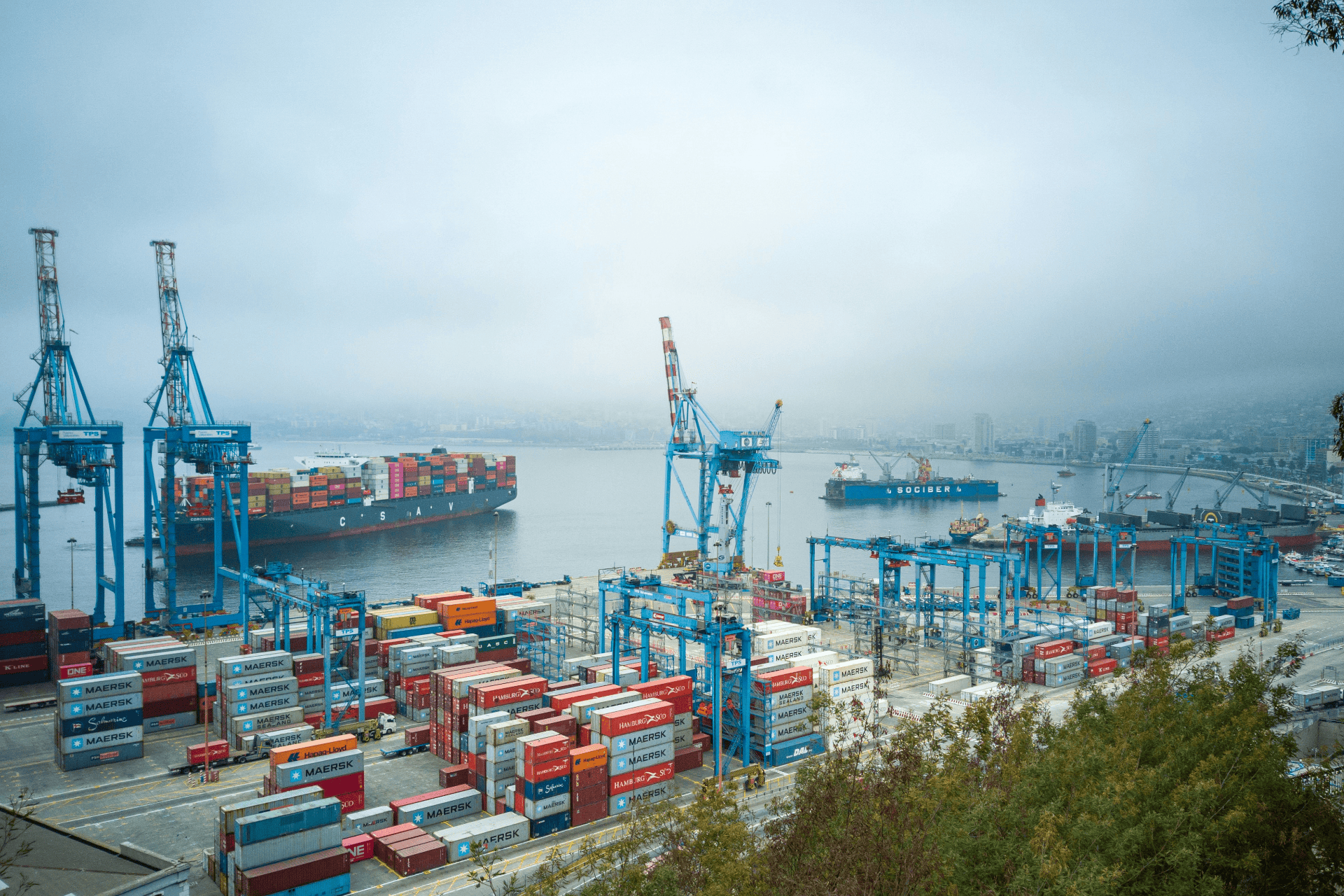Improving gross profit through improved logistics management is a continuous process that necessitates dedication, innovation, and adaptability. Exporters can increase their logistical efficiency, cut expenses, and eventually improve their bottom line by applying the ideas mentioned in this article. Exporters who prioritize logistics optimization will be better positioned to seize new opportunities and succeed in the ever-changing global trade scene.
Transportation modes and routes
Choosing the best transportation method and route is crucial for reducing logistical costs and assuring on-time delivery. Exporters should study and compare various modes of transportation, such as air, sea, rail, or road, on a regular basis, taking into account criteria such as cost, transit time, and reliability. Exporters can minimize shipping costs, increase delivery time, and improve customer satisfaction by selecting the best combination of transportation modes and routes.
Consolidating shipments
Consolidating many shipments into a single, larger shipment might result in significant cost savings for exporters. This procedure, known as "freight consolidation," allows exporters to benefit from economies of scale and get lower transportation rates. Furthermore, because they often include fewer handling locations throughout the shipping process, consolidated shipments can lower the risk of damage and loss.
Real-time tracking and visibility
Investing in technology that allows for real-time cargo tracking and visibility can result in significant improvements in logistics efficiency. Exporters can immediately identify and fix possible difficulties such as bottlenecks, delays, or inventory shortages by monitoring the movement of goods along the supply chain. Furthermore, real-time tracking helps improve customer communication by keeping them up to date on the progress of their orders and promoting improved customer support.
Forming strategic alliances with logistics providers
Building good relationships with dependable and skilled logistics providers can help improve logistics management. Exporters can benefit from the experience, resources, and networks of respected freight forwarders, carriers, and third-party logistics providers (3PLs) by working with them to streamline logistical operations, negotiate better rates, and obtain access to preferential services.
Simplifying inventory management
Inventory management is critical for lowering logistics costs and increasing gross profit. Exporters should use best practices in inventory management, such as just-in-time (JIT) inventory, demand forecasts, and regular stock audits. Exporters can cut storage costs, reduce the risk of stockouts, and assure timely order fulfillment by keeping adequate inventory levels.
Investing in technology and automation
Automation and technological solutions can dramatically improve efficiency and cut costs in logistics processes. To streamline operations, improve decision-making, and maximize resource use, exporters should investigate options such as warehouse management systems (WMS), transportation management systems (TMS), and data analytics tools.
Assessing and improve logistics processes
Exporters must analyze their logistics procedures on a regular basis in order to maintain and increase logistics efficiency. Exporters can continuously improve their logistics strategies and drive better profitability by conducting periodic audits, benchmarking against industry best practices, and remaining educated about evolving trends and technology.
Related Information




